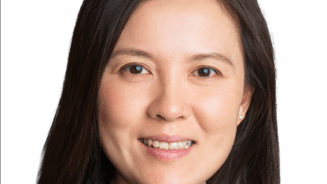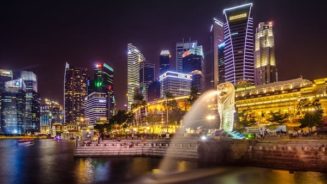“I believe we are standing before one of these rare windows of opportunity, when high yield bond prices trough at the end of a credit cycle,” Kong said in report for the privately-owned investment management group.
“In today’s volatile environment, I believe riskier asset classes such as Asia high yield may actually provide more downside protection from the increasing probability of rising U.S. interest rates than some other fixed income asset classes that are traditionally considered to be safer.”
Credit cycle bottoms
Kong argues that credit cycles typically last about 8 years and the previous peak in credit spreads occurred in November of 2008.
“If this is a typical credit cycle, we might be close to the end of the cycle, with spreads reaching their peak and prices reaching their nadir. A closer look at Asia high yield spreads in the last two quarters suggests credit spreads might be experiencing the typical volatility seen at the end of cycle. Indeed, they may have peaked in February and have begun to rally.
Consider an investor buying a 10-year US Treasury today at a yield of 1.8% and a price of 100. If interest rates rise instantaneously by 1% (100 basis points), the bond price would fall to 91.4, resulting in a loss of 8.6%, she said.
“Given the riskiness of risk-free securities today, we see Asia High Yield (as represented by the high yield portion of the JACI index) as representing a compelling investment case.”
Counter intuitive
Kong said while it may seem counter intuitive, investing in high yield at this point in the cycle may have less downside than buying U.S. Treasuries because current spreads capture much of the credit risk.
“While this may go against conventional wisdom, we are at a unique point in the economic and credit cycle. This window is unique because we are standing before the coincidence of the end of both an interest rate cycle and a credit cycle,” she said.
“In summary, we are entering a rare opportunity, one that typically appears only once per decade, for investing in Asia credit. As an asset class, Asia high yield offers risk-adjusted returns superior to high yield of all other regions, including U.S. high yield.”




